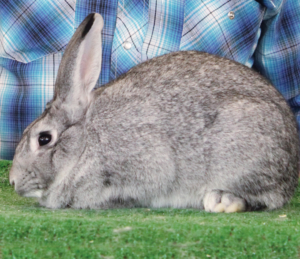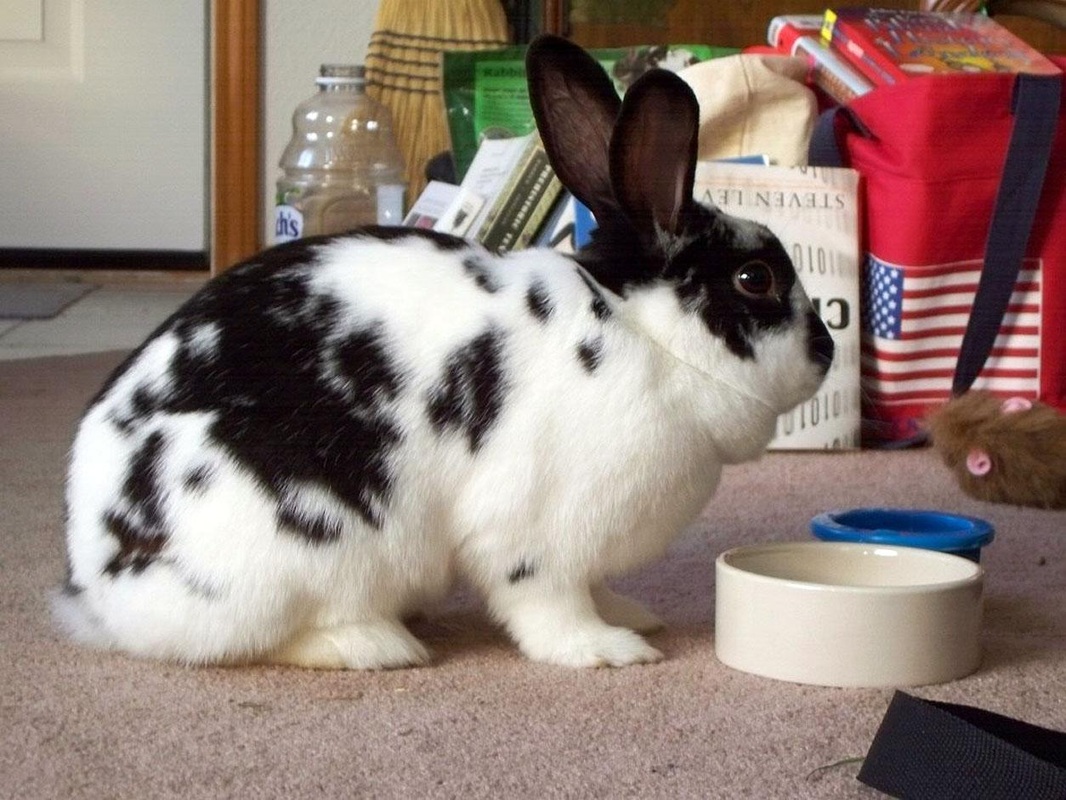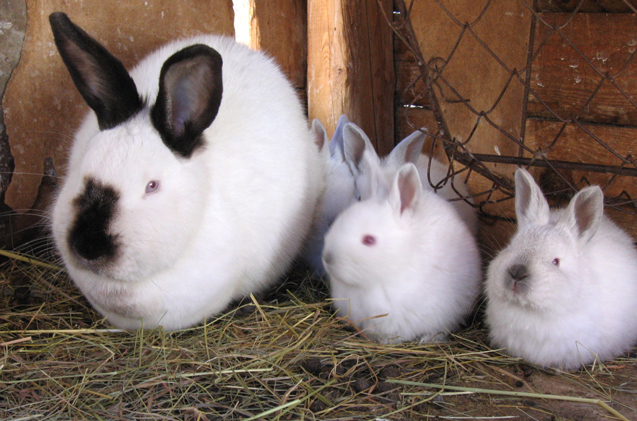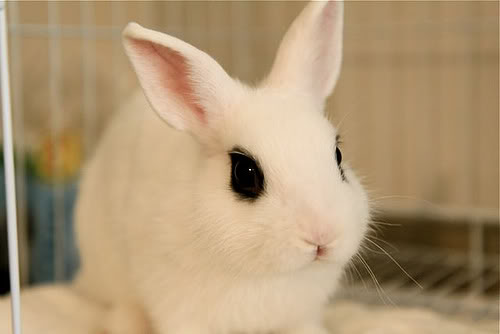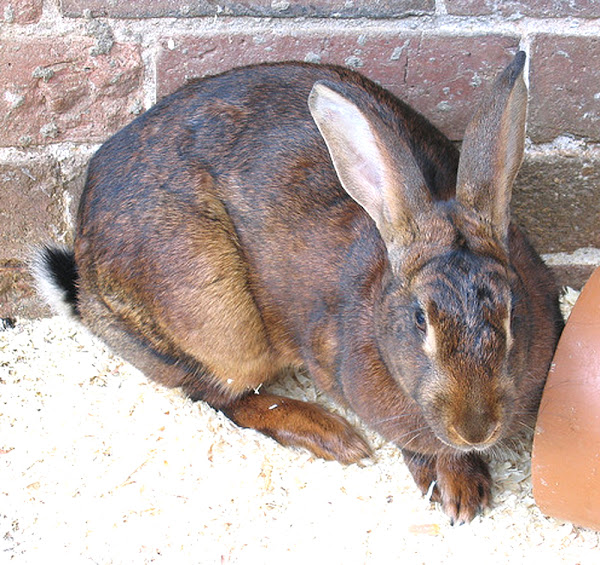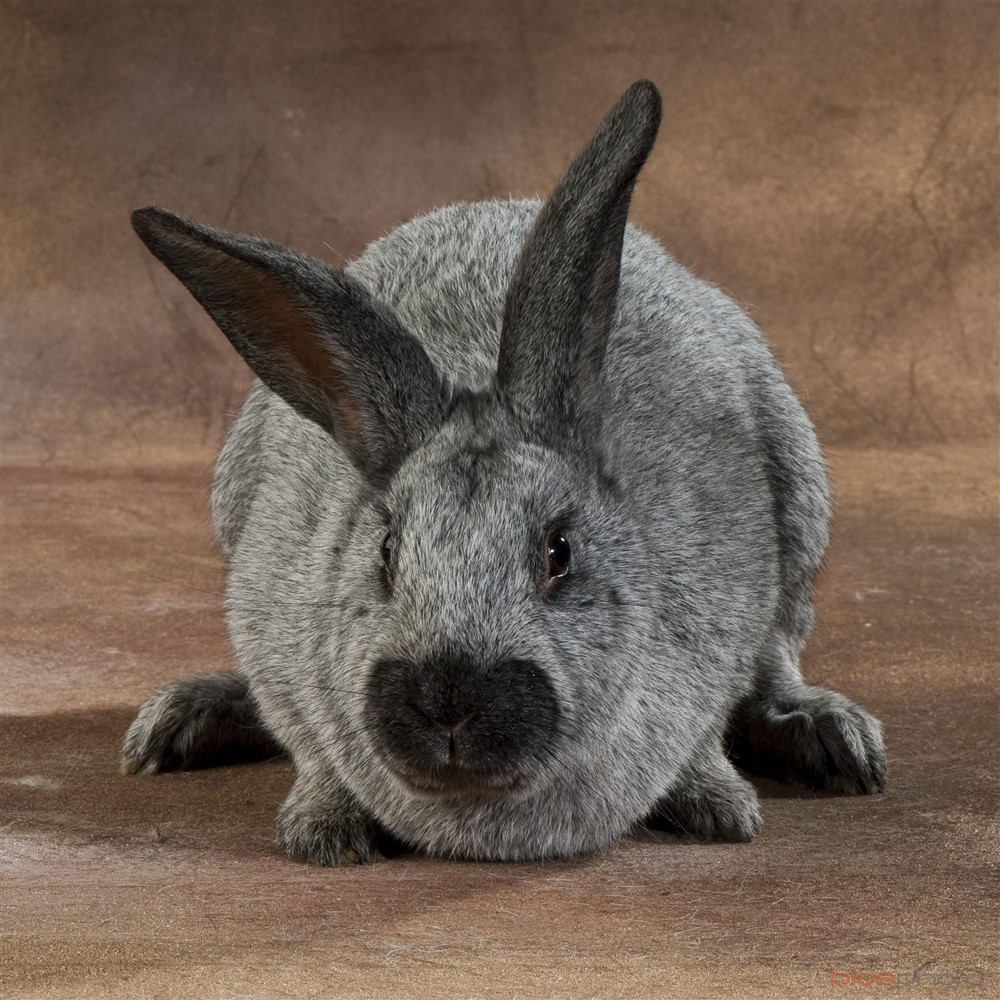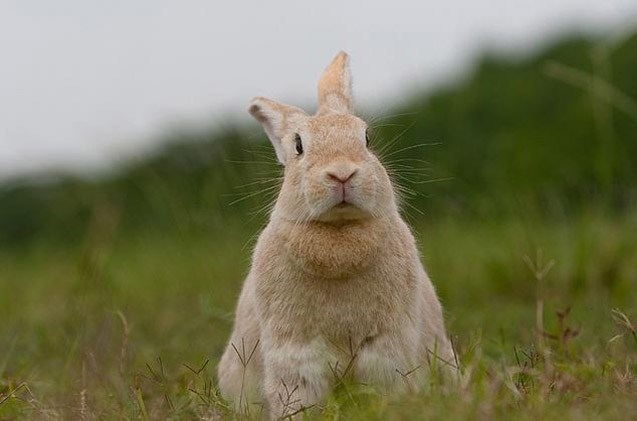Now that I’ve realized that there’s not only the American Chinchilla rabbit, there’s also the Standard Chinchilla and the Giant Chinchilla breed rabbit. See, you’re not the only one learning, and now, you get to learn more about the Standard Chinchilla rabbit.
The History Behind the Standard Chinchilla Breed:
The Standard Chinchilla came along in the year of 1919, in France. The rabbit’s characteristics were formed from breeding Beverens and Himalayans to wild rabbits, which I would never advise letting any domestic rabbit near a wild rabbit for safety reasons.
The unique color of its coat made this rabbit extremely popular in the United States, because of this, the rabbits were exceeding expectations. These Chinchilla rabbits were becoming an actual hit, in the way that they were the “new thing” in terms of popularity.
This rabbit breed then became longer and larger, developing the American and Giant Chinchilla breeds. All of these breeds were accepted into the ARBA in 1930. The three Chinchilla breed rabbits are now recognized at the “Chin” breeds.
This breed was so popular that thousands of people registered to become a group. This group is what became the ARBA. Believe it or not, the ARBA was formed all because of the Belgian Hare. It’s amazing what rabbits can do! This is important because the Standard Chinchillas were popular right before the Belgian Hare was accepted, which might have played a role in the ARBA.
Common Characteristics of the Standard Chinchilla Rabbit:
The Standard Chinchilla has a much smaller body than the American and Giant Chinchilla breed. This is due to the history of the breed becoming noticeably larger, just for these rabbits to become a different breed because of size.
The ears of the Standard Chinchilla are erect and shouldn’t be larger than 5 inches long. The overall body of the rabbit isn’t much different than the American Chinchilla though.
The coat of this rabbit is soft and medium to short in length. The color of this coat is pretty obvious, and is the same, one and only color that is accepted by the ARBA for American Chinchillas, and now Standard Chinchilla rabbits, dark slate blue.
Common Personalities Found in This Breed:
This rabbit breed in particular is very commonly known to be very docile and energetic in pretty much every situation. The friendliness of this rabbit is unbearable and amazing at the same time. This rabbit’s amazing with older children, and loves the attention.
This rabbit is also known to be quite smart, so giving extra time for agility and clicker training can really be amazing for this particular breed.
Sizing and Weight:
Since this rabbit is noticeably smaller than the American and Giant Chinchilla breeds, it is considered a medium sized rabbit, which is very understandable. The body itself is much more compact and quite small compared to the other “Chin” breeds.
The average weight of a healthy Standard Chinchilla rabbit is anywhere from 5 to 7 lbs. This is very noticeable when it comes to stockiness and overall length and size.
Common Medical Problems:
Like any other rabbit, Standard Chinchillas are susceptible to overgrown teeth and mites without proper diet and protection. Checking for ear mites can save so much money, time, stress, and mourning if checking for ear mites can become part of a routine for not only the owner, but the rabbit as well.
The site I used says that this rabbit is susceptible to flystrike, which is only possible if the rabbit kept outdoors, isn’t groomed properly, has an improper cage (which is improper no matter what if it’s outside), and if the rabbit is fed an improper diet.
Extra Care:
The only extra care that I would say is true for this particular breed would be the time and effort put into clicker training and agility. This would be not only amazing exercise for really any rabbit, but for the compatibility and patience of this rabbit, this being an amazing way to work its brain.
Works Cited:
“Standard Chinchilla Rabbit Breed Information and Pictures.” PetGuide, 21 Oct. 2017, www.petguide.com/breeds/rabbit/standard-chinchilla-rabbit/.
Sources:
As always, thank you so much for coming back again. Please come back every other day for a new post on either bringing rabbits outdoors, or on different rabbit breeds. I really would appreciate it if you would give this post a like and send it to all of the rabbit lovers and close friends in your life. Until next time, continue to spread proper rabbit care, and I will talk to you soon, bye!
